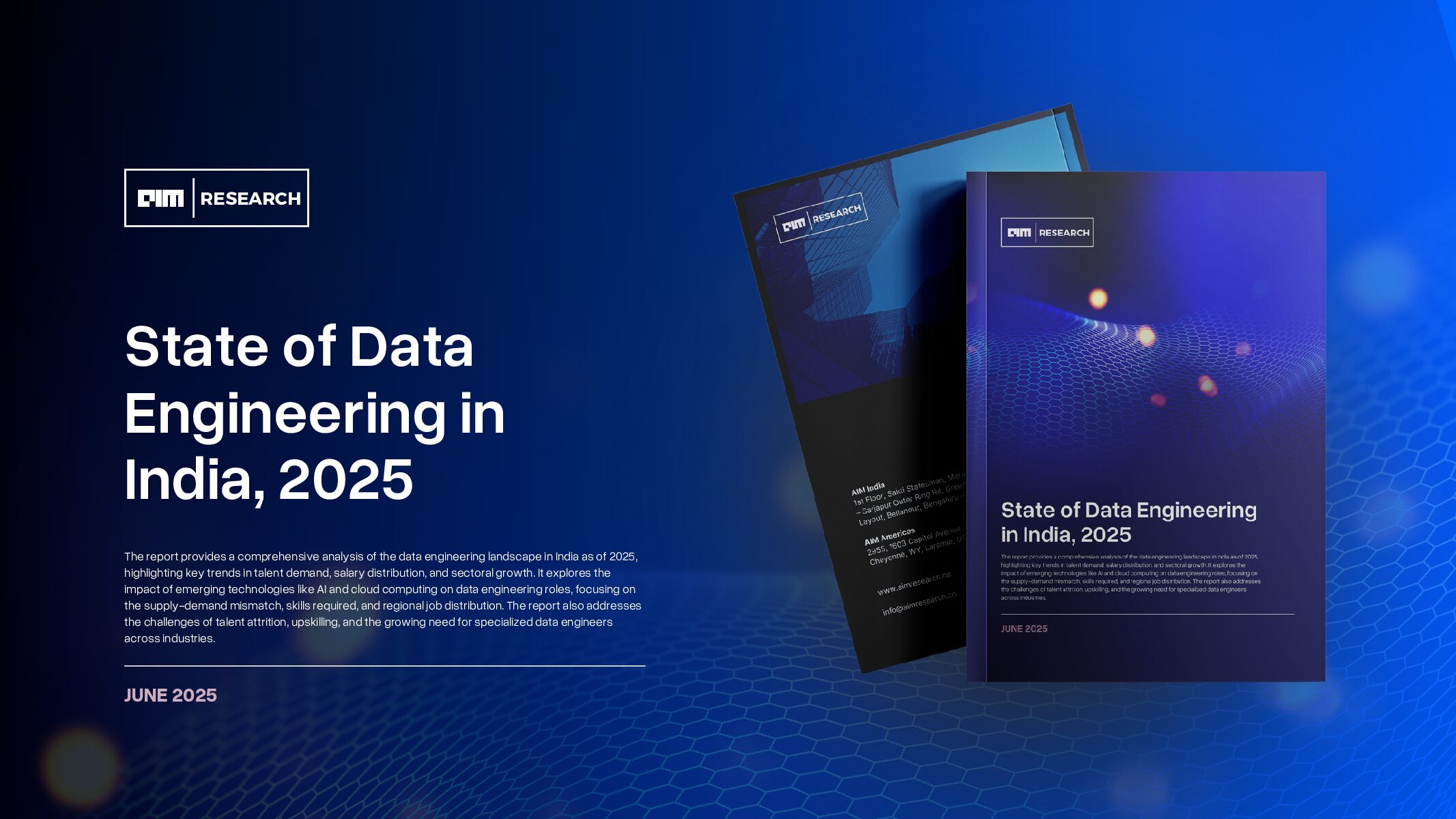
LLM Economics – A Guide to Generative AI Implementation Cost
- By AIM Research
- Published on
A report like this could serve as a vital tool in this process, helping stakeholders to assess the potential costs and benefits associated with different implementation strategies, whether it be through API or open-source pathways.























